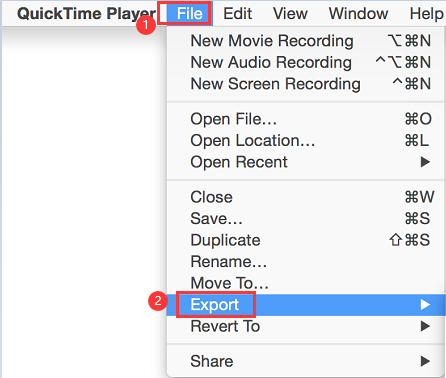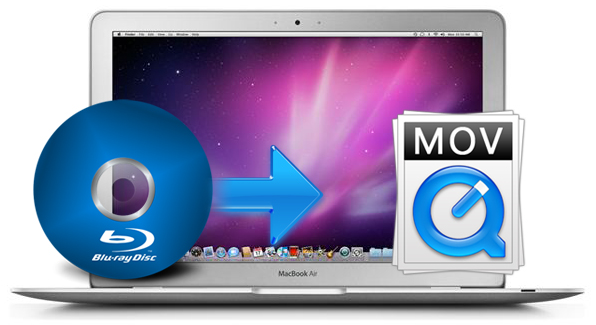

- Mac player for .mov for mac#
- Mac player for .mov movie#
- Mac player for .mov mp4#
- Mac player for .mov windows#
Before copying the files, you will need to create the ~/Library/Java and ~/Library/Java/Extensions folders. Yosemite hides the Library folder by default, so you will need to open your home folder and check “Show Library Folder” in the View › Show View Options dialog. You can work around this problem by copying the files QTJava.zip and libQTJNative.jnilib, available here, into ~/Library/Java/Extensions, where ~ is your home directory.
Mac player for .mov movie#
OS X 10.10 (Yosemite) and 10.11 (El Capitan) do not include key files required for running commands like File › Import › Using QuickTime and File › Save As › QuickTime Movie that use QuickTime for Java. In general, we strongly encourage scientists not to use MOV format for storing scientific image data, since Apple is not committed to maintaining backwards compatibility. It is likely that it will no longer be possible to use QTJ at all in future operating system versions.Īpple has also deprecated several old codecs (e.g., mjpb), with its QuickTime Player application no longer able to read them in current versions of macOS. QuickTime for Java has been deprecated for many years, and Apple is steadily phasing it out.
Mac player for .mov windows#
QTJ is only available on Windows and macOS platforms, and only when running a 32-bit version of Java. ImageJ has built-in support for MOV files, but only via the QuickTime for Java (QTJ) library, which is Apple’s library for reading and writing QuickTime files from Java. In this section we'll outline some of the file types and protocols that were originally introduced for QuickTime Player.mov The QuickTime file format. See the Bio-Formats QuickTime supported codecs page for a list of supported codecs. The Bio-Formats plugins are bundled with the Fiji distribution of ImageJ. It is written in pure Java, so those codecs will be readable within ImageJ on all platforms (Windows, macOS, Linux, etc.). The Bio-Formats library supports several, but not all, QuickTime codecs. There are several ways to import MOV files into ImageJ, each discussed below. Whether you can open an MOV file in ImageJ will depend on several factors, including the codec used to store the movie, which version of which operating system you have, and which ImageJ plugin is used. QuickTime MOV files come in many flavors, which are known as codecs. In addition to Mac, it is available for all major platforms.

It is quite well known for its support of a wide variety of media files and codecs. This is a free, open-source MOV player for Mac.
Mac player for .mov for mac#
I use this tool called “ iSkysoft Video Converter“, however, there are many other tools out there, simply pick the one you like and convert the file.The QuickTime movie format is a multimedia container format with extension. If you plugin a SPDIF cable, this MOV player for Mac automatically detects and streams the audio-video output through the cable. TS file or use other tools to convert the file to any other formats such as MP4, MOV. Once the process is done, your file is ready to go, in this case, I saved it on my desktop, so the TS file will be save on my desktop. When you’re done, click OK.Īt the bottom, you will see the process has begun, just wait for the bar to finish, this process depends on how long the video is, if it’s short, it will finish fast, if it’s a long video, you might have to wait for a while.
Mac player for .mov mp4#
Under settings, give the video a name and choose a file type, I normally go with TS then convert to MP4 or MOV later, this prevents VLC from crashing during streaming and saving. Go to file on top menu, choose Open Network option, and in the new window, under URL section, paste the URL you copied earlier, check “ Streaming/Saving” box and click on settings.


 0 kommentar(er)
0 kommentar(er)
